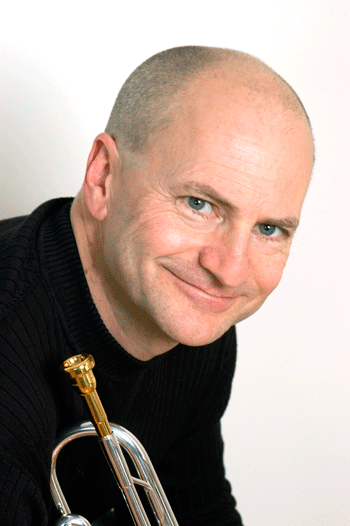One of the perks of being a Yamaha Artist is being able to try out new instrument models. Recently I spent a month with the redesigned Yamaha Xeno YTR-8335 trumpet in several different configurations. The full review is in the blog section of my website, which can be found at www.chasesanborn.com/blog. This column will focus on my methodology, which may offer some ideas for you when it comes time to buy a new horn.
Four different versions of the same horn were involved in the test, two with standard leadpipe and two with reverse leadpipe, two with yellow brass and two with gold brass. Over a period of a month, I compared two horns each day.
Playing the Same Music
During the course of my practice routine, I played the same thing on each horn, alternating which one I played first. This puts the horn through its paces as I try to touch on every aspect of playing, e.g., high, low, fast, slow, loud, soft, tongued, slurred, jazz, classical, lead, etc.
Taking Notes
Each day, I made notes of my impressions, which varied from day to day and even minute to minute. Identifying the difference between well-made horns—let alone four versions of the same horn—is not an easy task. It can be hard to determine with certainty which differences are attributable to the horn and which reflect natural variations in our playing. If I blindfold you and hand you the same horn twice, on the premise that it is a different instrument, you will probably perceive a difference.
When differences are noted, it won’t always be clear which is preferred. For example, I described the sound of one horn as “open,” another as “warm.” One horn might be better suited for a specific style of music or with a specific approach. Reviewing my notes at the end of the month helped me formulate an overview and consensus although I still had a tough time deciding which horn I liked the best overall.
Your Turn?
To develop an understanding of the differences between horns, take every opportunity to trade with your friends and visit your local retailer.
About the Author
Chase Sanborn is a jazz trumpet player based in Toronto. He is on the faculty at the University of Toronto and is the author of “Brass Tactics,” “Jazz Tactics,” “Tuning Tactics” and “Music Business Tactics.” Chase is a Yamaha Artist.
Visit his website at www.chasesanborn.com. Questions about all things brass-related can be sent to info@chasesanborn.com.


